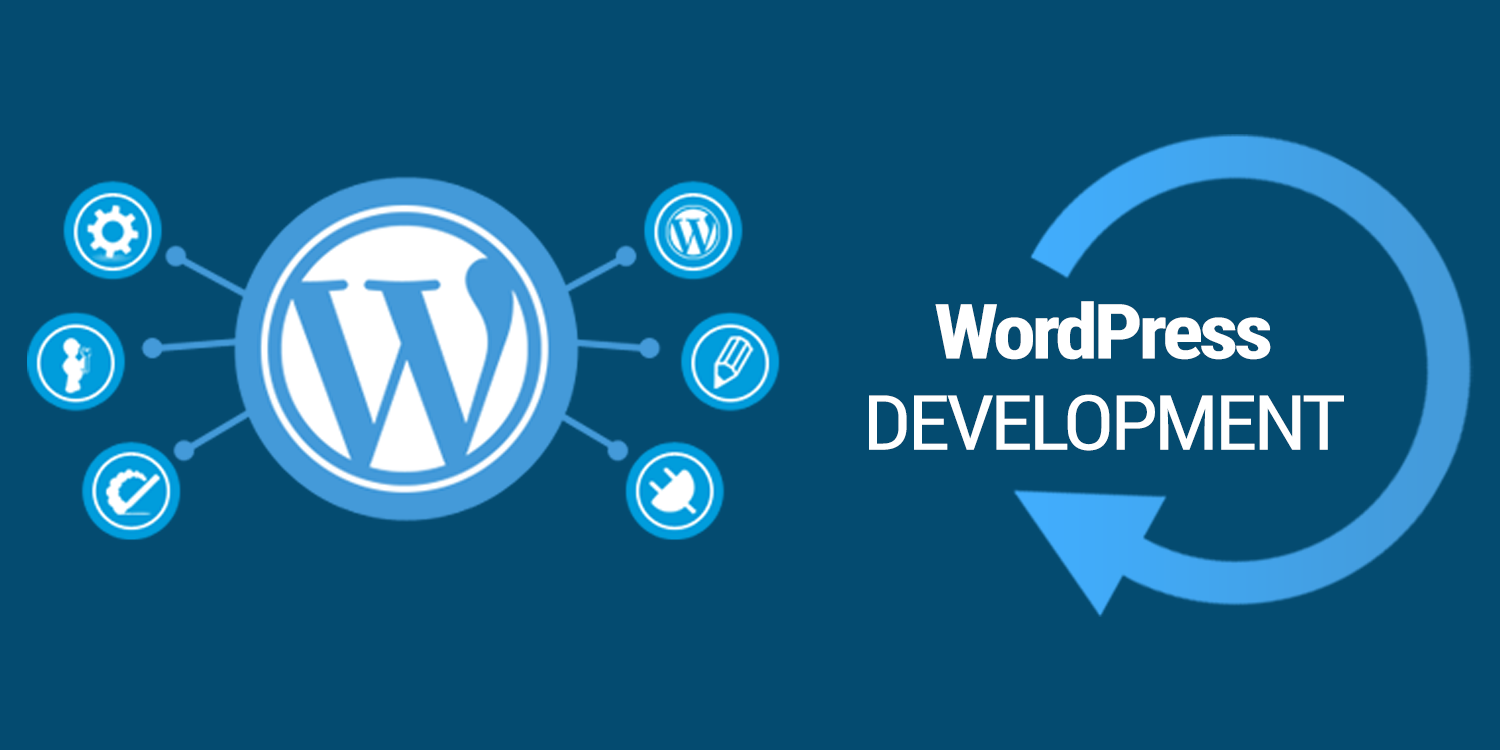Optimizing metadata in WordPress is essential for improving your website’s SEO and enhancing its visibility in search engine results. Here are some best practices for optimizing metadata in WordPress:
- Install an SEO Plugin: Use a reputable SEO plugin like Yoast SEO or All in One SEO Pack. These plugins provide user-friendly interfaces to manage metadata and offer additional SEO features.
- Focus on Title Tags: Craft unique and compelling title tags for each page and post. Include relevant keywords near the beginning, keep them concise (around 55-60 characters), and make them enticing to encourage click-throughs.
- Write Descriptive Meta Descriptions: Write unique meta descriptions for your pages and posts. Meta descriptions should summarize the content accurately, be compelling, and include relevant keywords. Keep them within 150-160 characters.
- Utilize Focus Keywords: Identify focus keywords for each page or post and optimize the metadata accordingly. Ensure the focus keyword is included in the title tag, meta description, and content. However, avoid keyword stuffing and maintain a natural writing style.
- Optimize Permalink Structure: Customize your permalink structure to include relevant keywords. Go to Settings → Permalinks in the WordPress dashboard and choose a structure that incorporates post titles or category names.
- Use Heading Tags Appropriately: Structure your content using heading tags (H1, H2, H3, etc.) to emphasize important sections and improve readability. Include relevant keywords in headings, particularly in the H1 tag.
- Enable Social Metadata: Make use of Open Graph (OG) and Twitter Card metadata to control how your website appears when shared on social media platforms. Plugins like Yoast SEO can help you set up social metadata easily.
- Optimize Image Alt Tags: Add descriptive and keyword-rich alt tags to your images. Alt tags provide context to search engines and improve accessibility. Use relevant keywords naturally while accurately describing the image.
- Monitor Redirects: When restructuring your website or modifying URLs, set up proper redirects (301 redirects) to ensure that search engines and visitors are directed to the correct pages. Broken links and incorrect redirects can harm SEO.
- Regularly Update and Optimize Content: Keep your content fresh and up to date. Regularly review and optimize metadata, ensuring it aligns with current SEO best practices. Revise content to include relevant keywords and improve its overall quality.
Remember to focus on providing valuable, engaging, and user-friendly content alongside optimized metadata. Quality content attracts visitors, encourages engagement, and ultimately improves your website’s SEO performance.
SHARE
